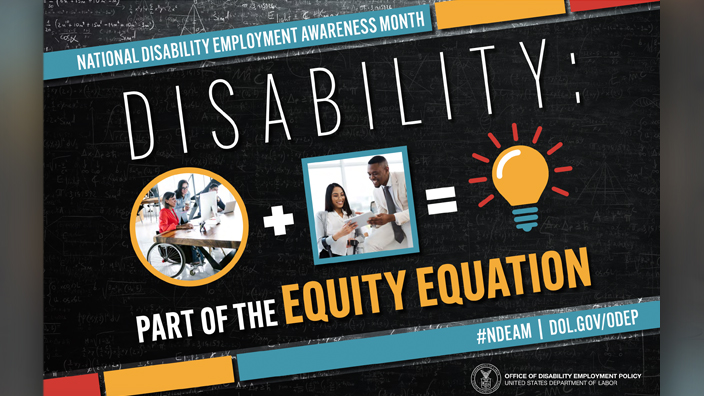October is National Breast Cancer Awareness Month, a time to learn more about the disease and efforts to cure it.
Breast cancer is the second most common type of cancer in women in the United States. Men can have breast cancer, too, though it is rare.
Breast cancer begins in the tissue of the breast. It happens when the cells change and grow out of control, forming a tumor.
According to the National Institutes of Health, the types of breast cancer include:
• Ductal carcinoma, which begins in the cells of the ducts. This is the most common type.
• Lobular carcinoma, which begins in the lobules. It is more often found in both breasts than other types of breast cancer.
• Inflammatory breast cancer, in which cancer cells block lymph vessels in the skin of the breast. The breast becomes warm, red and swollen. This is a rare type.
• Paget’s disease of the breast, which is a cancer involving the skin of the nipple. It usually also affects the darker skin around the nipple. It is also rare.
The cause of breast cancer can be genetic or environmental.
If you are older, have dense breasts, gave birth at an older age, are obese, drink alcohol, take hormone therapy or have inherited risk of breast cancer — including having BRCA1 and BRCA2 gene changes — your risk of breast cancer is higher.
You are encouraged to do self-examinations regularly as well as get the recommend mammograms suggested by your physician.
Signs and symptoms include pain in the breast, change in size or shape of the breast or a lump in or near the breast or armpit. If you notice any of these signs or symptoms, contact your physician immediately.
Your physician will conduct diagnostics tests such as a mammogram, ultrasound, biopsy, blood test or a physical exam to check for lumps. Early detection is key.
The Centers for Disease Control and Prevention (CDC) website offers comprehensive breast cancer screening guidelines that compare recommendations from leading health organizations.
The CDC website and the online USPS October Wellness Toolkit have additional information.



